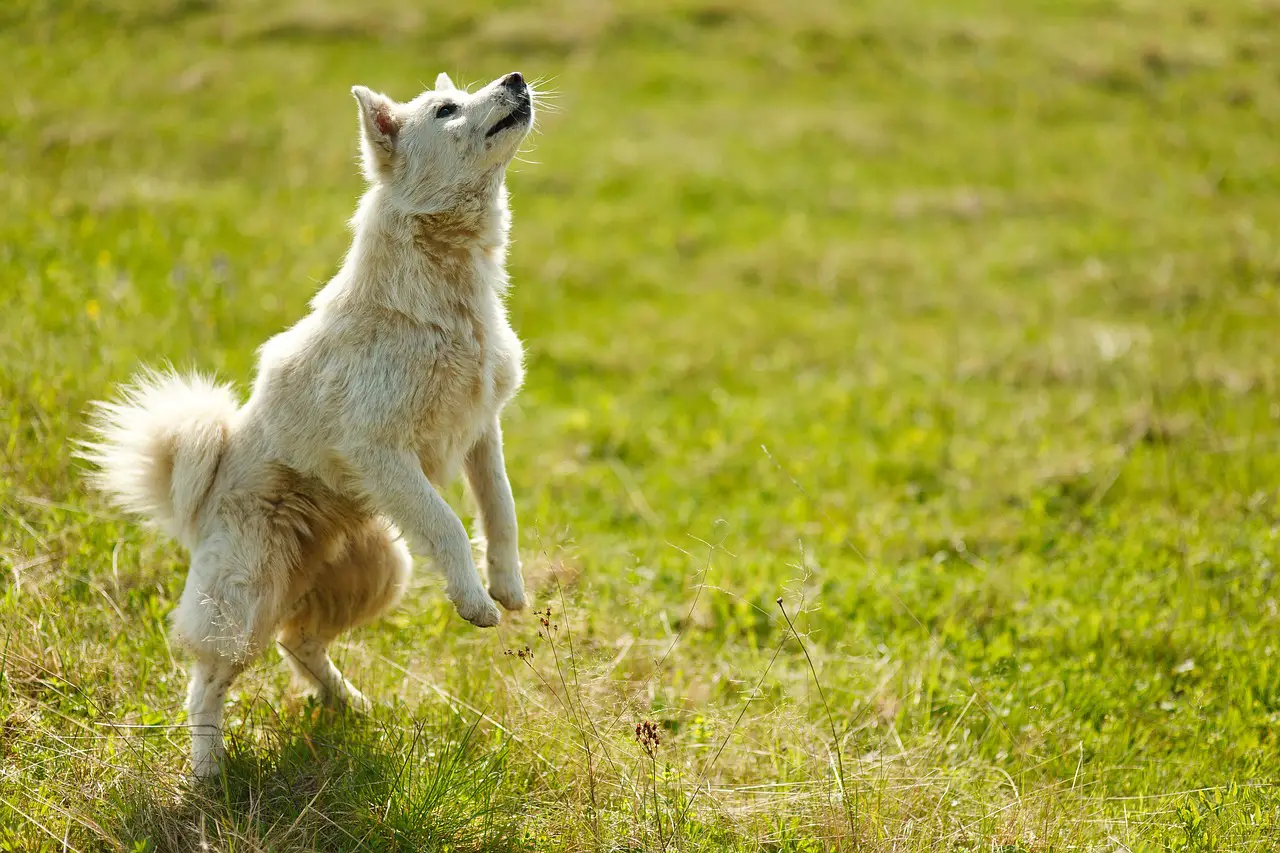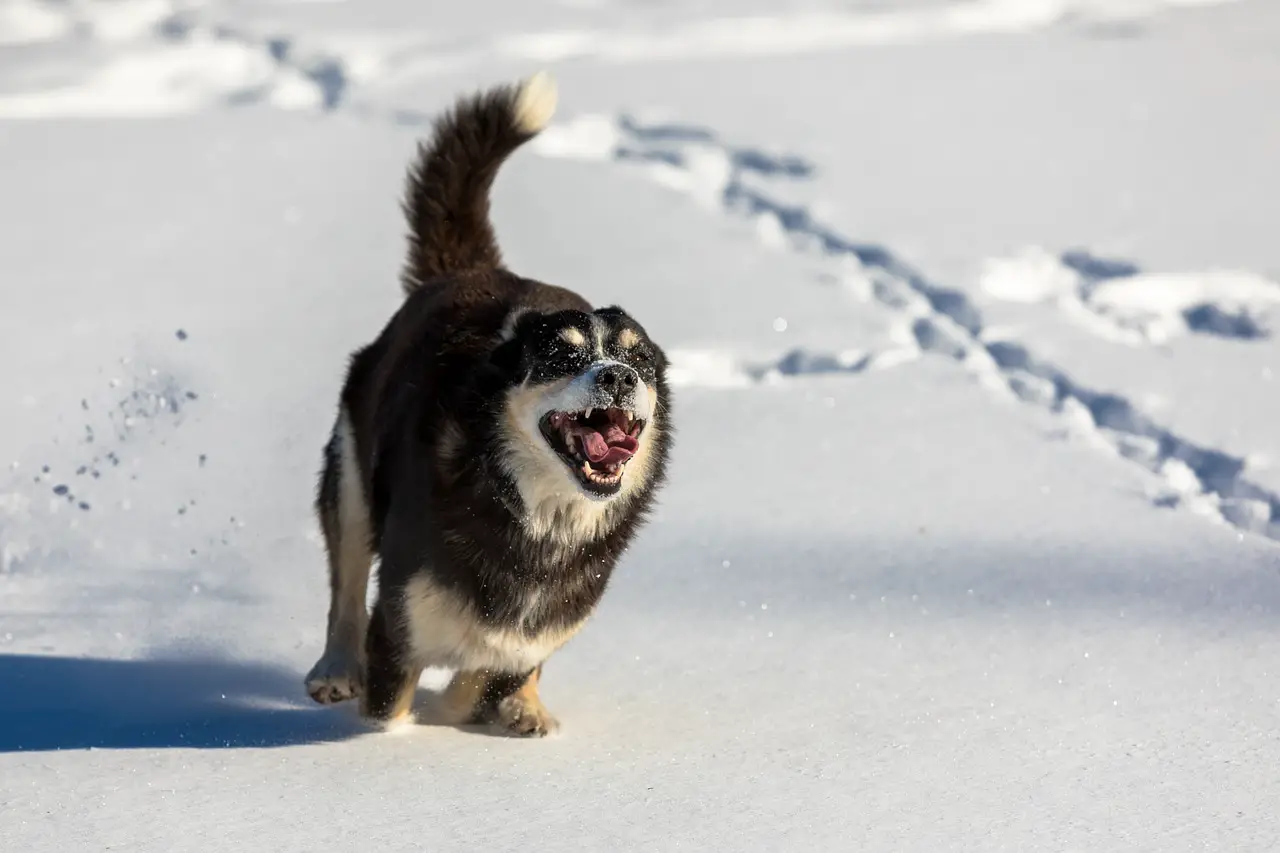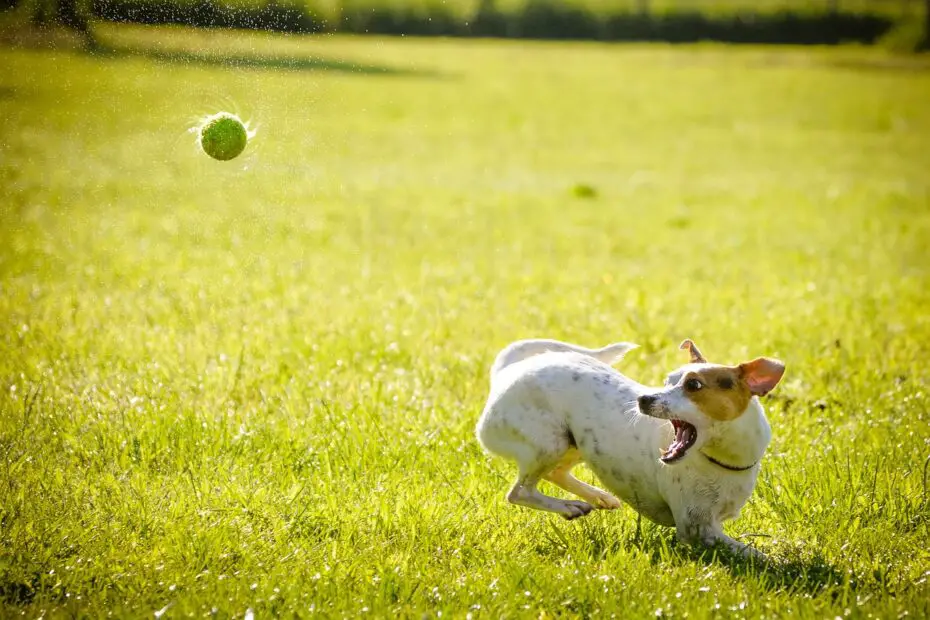Dogs have been our loyal companions for thousands of years, and their ability to communicate with us goes beyond barking and wagging their tails. Understanding your dog’s body language is key to building a strong bond, preventing miscommunications, and ensuring their well-being.
In this blog, we will delve into the fascinating world of canine pet behavior, decoding the subtle cues and signals your dog uses to convey their feelings and needs.
You may also want to read about the best dog treats.
The Importance of Understanding Dog Body Language
Dogs, like humans, use body language as a primary means of communication. While we may not speak the same language, paying attention to your dog’s body language allows you to:

Strengthen Your Bond by Pet Behavior
Understanding your dog’s cues fosters a deeper connection and trust between you and your pet. When you respond appropriately to their signals, it builds a strong bond based on mutual understanding.
Ensure Their Well-being
Recognizing signs of distress, discomfort, or illness early can help you take prompt action to ensure your dog’s physical and emotional well-being. This can prevent accidents and alleviate suffering. Give them a toy sometimes.
Prevent Miscommunications in Pet Behavior
Misunderstandings between humans and dogs can lead to confusion, frustration, and even aggression. By learning to decode your dog’s body language, you can avoid unintentional conflicts.
Enhance Training
Understanding your dog’s body language is crucial for effective training. It allows you to read their responses, adjust your training techniques, and reinforce positive behavior more effectively.
Key Elements of Dog Body Language
Dogs communicate through a combination of vocalizations, facial expressions, posture, and movements. Let’s explore the key elements of dog body language to better understand their feelings and needs.
Facial Expressions
A dog’s face can convey a wealth of information:
Eyes
- Relaxed: Soft eyes with a normal gaze indicate contentment and relaxation.
- Dilated Pupils: Enlarged pupils can indicate excitement, fear, or arousal.
- Blinking: Slow blinking can be a sign of trust and relaxation.
- Whale Eye: When you see the white part of your dog’s eye (sclera), it can signal anxiety or fear.
Ears
- Forward: Ears pointed forward typically indicate interest or alertness.
- Backward or Flat: Flattened or backward ears can signal fear, submission, or aggression.
Mouth
- Relaxed Lips: A relaxed mouth with an open jaw suggests a comfortable and happy dog.
- Lip Licking: Excessive lip licking can be a sign of anxiety or nervousness.
- Baring Teeth: Snarling or showing teeth can signal aggression or discomfort.

Body Posture
A dog’s overall body posture provides significant insights into their feelings:
Tail
- Wagging: A wagging tail can mean various things depending on its position. A high wagging tail is usually a sign of excitement, while a low wagging tail might indicate submission or uncertainty.
- Stiff Tail: A stiffly held tail can be a sign of alertness, dominance, or aggression.
- Tucked Tail: A tucked tail between the legs often signifies fear or submission.
Back and Stance
- Arched Back: An arched back with raised hackles (raised fur along the spine) can indicate fear, excitement, or aggression.
- Cowering: A dog that cowers or lowers its body is usually fearful or submissive.
- Play Bow: A play bow with front legs extended and rear end raised is a classic invitation to play.
Vocalizations
Dogs use a variety of vocalizations to express themselves:
Barking
- Excitement: High-pitched barking may indicate excitement or anticipation.
- Fear or Alarm: Sharp, loud barking can signal fear or an alert to potential danger.
- Loneliness: Dogs may bark when they are lonely or seeking attention.
Growling
- Warning: Growling is often a warning sign that your dog feels threatened, uncomfortable, or defensive. It’s essential to pay attention to the context and respond accordingly.
Whining or Howling
- Anxiety: Whining or howling can signify anxiety, discomfort, or a need for attention.
Tail and Body Movements in Pet Behavior
A dog’s movements also convey important messages:
Shaking or Trembling
- Fear: Shaking or trembling can be a response to fear or stress. Thunderstorms, fireworks, and unfamiliar situations often trigger this reaction.
Rapid Tail Wagging
- Overstimulation: A dog with a rapidly wagging tail may be overly excited or overstimulated.
Slow, Relaxed Movements
- Calmness: Slow and relaxed movements generally indicate a calm and content dog.
Common Dog Body Language Signals
Now that you have a basic understanding of the key elements of dog body language, let’s explore some common signals and what they typically mean:
Happy and Relaxed
- Tail held at a medium height and wagging gently.
- Relaxed, open mouth with a slightly dropped jaw.
- Ears in a neutral position or slightly forward.
- Soft eyes with a normal gaze.
- A loose, wiggly body posture.
- Playful behavior, such as a play bow or excited jumping.
Fearful or Anxious
- Tucked tail between the legs.
- Averting gaze or showing the whites of the eyes.
- Trembling or shaking.
- Lip licking or yawning.
- Cowering or trying to hide.
- Raised hackles (raised fur along the spine).
- Excessive drooling.
Aggressive or Threatened
- Stiff, erect body posture.
- Growling, snarling, or baring teeth.
- Raised hackles.
- Direct, unbroken eye contact.
- Forward-pointing ears.
- Bristled fur along the back.
- Raised tail, often held stiffly.
Playful and Inviting
- Play bow with front legs extended and rear end raised.
- Bouncing or pouncing movements.
- Wagging tail held at a medium height.
- Ears forward and alert.
- Relaxed facial expression with a slightly open mouth.
- Exuberant and engaging behavior.
Tailoring Your Response to Your Dog’s Body Language
Understanding your dog’s body language is just the first step. It’s equally important to respond appropriately to their cues. Here are some guidelines:
Respond to Fear or Anxiety
If your dog displays signs of fear or anxiety, such as trembling, lip licking, or cowering, create a calm and reassuring environment. Remove them from the source of stress if possible and provide comfort and support.
Address Aggression or Threat
If your dog exhibits signs of aggression, such as growling or baring teeth, it’s crucial to prioritize safety. Do not approach or provoke an aggressive dog. Consult a professional dog trainer or behaviorist for guidance on managing and addressing aggression.
Encourage Play and Positive Behavior
When your dog displays playful and inviting body language, such as a play bow or wagging tail, engage in interactive play and reward positive behavior with treats and praise. This strengthens the bond and reinforces good behavior.
Respect Boundaries
If your dog signals discomfort or a desire for space, such as averting their gaze or moving away, respect their boundaries. Allow them to retreat or take a break if needed.
Conclusion of Pet Behavior
Decoding your dog’s body language is an essential skill for every pet owner. It enhances your ability to communicate effectively with your furry friend, ensures their well-being, and strengthens your bond. By paying attention to the subtle cues and signals your dog uses to express their feelings and needs, you can create a harmonious and fulfilling relationship built on trust, empathy, and understanding.
So, the next time you interact with your canine companion, take a moment to observe their body language and respond with care and consideration.
